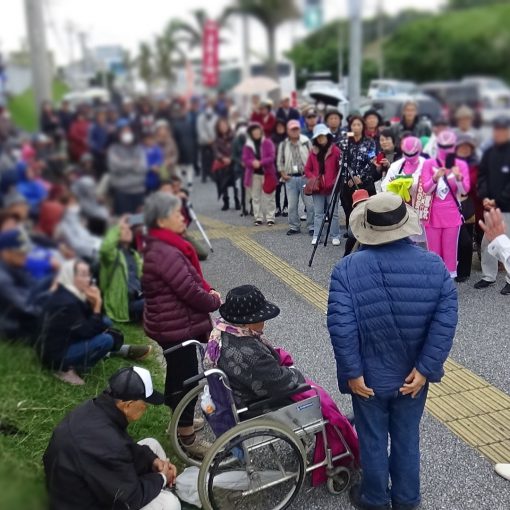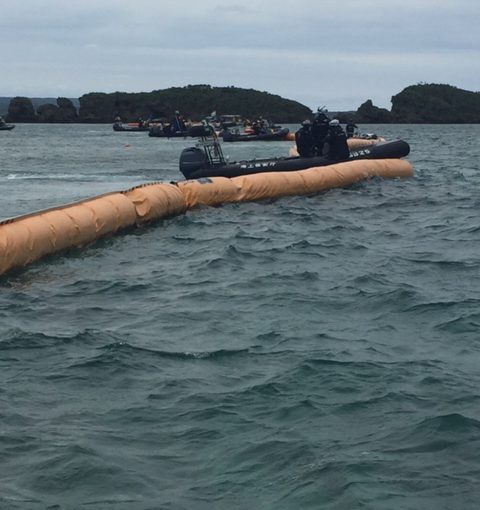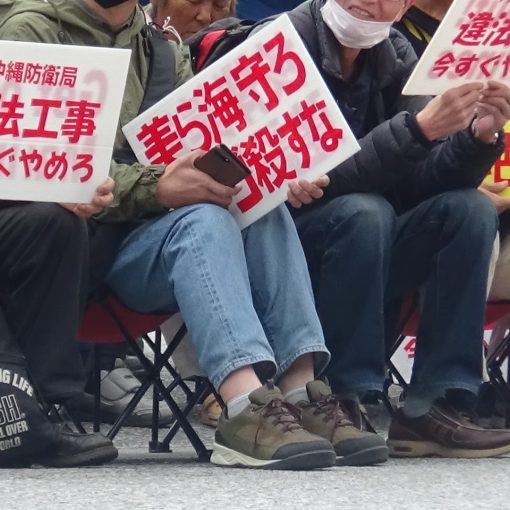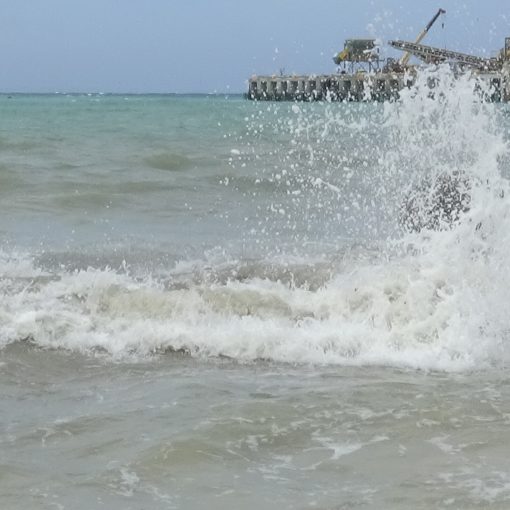August 14, 2020 Ryukyu Shimpo
August 13, 2020, marks 16 years from the day a CH-53D heavy-lift transport helicopter departed U.S. Marine Corps Air Station Futenma, crashed at Okinawa International University and burst into flames.
MCAS Futenma’s airfield continues to occupy the city’s urban area. MV-22 Ospreys with vertical take-off and landing capabilities, as well as old aircrafts, come and go as they please. Who can guarantee that a local resident will not get caught up in another accident?
Both the Japanese and U.S. governments agreed on building a new military base in Henoko as a pre-condition to close and return the Futenma base to Okinawa. However, constructing a new base at Henoko has delayed the elimination of the dangers posed by MCAS Futenma for nearby residents. The government should be engaging in discussions of closing the Futenma base unconditionally and expeditiously, as well as its relocation to a site outside the prefecture.
Even after the helicopter incident at OIU, the U.S. military went ahead and deployed Ospreys to MCAS Futenma in 2012, doubling down on the base’s functions. It was four years later in 2016, that an Osprey crashed off the coast of Abu, Nago City. At that moment, the local residents’ fears became reality.
Later, in December 2017, a component of an aircraft detached mid-flight and landed on Midorigaoka Kindergarten School in Nodake, Ginowan City. Elsewhere, at the Futenma Daini Elementary School, a window fell off of a CH-53E helicopter and landed on the school’s sports field.
Originally, the U.S. and Japan agreed on closing MCAS Futenma and returning the land to Okinawa, in an April 1996 pact. Then-governor Hirokazu Nakaima called for the Futenma base to be “closed within five years,” and Prime Minister Shinzo Abe backed the request in 2013. However, promises were broken as this 5-year plan expired in February 2019.
Seeing how the Japanese government is still fixated on Henoko, even with its construction delays due to the ground improvement work required to correct the soft seabed at Oura Bay, it is hard to believe they are in a serious rush to close MCAS Futenma.
It is entirely possible to close Futenma base without relocating it to Henoko if the Marines stationed in Okinawa are diverted elsewhere.
Amphibious assault ships, which are a means of transportation for the Marines, are based in Sasebo, Nagasaki Prefecture, far away from Okinawa. There is no operational need for the Marines in Japan to be stationed in Okinawa specifically. In fact, the U.S. military strategically moved some of its forces concentrated in Okinawa to other areas in the Asia Pacific region, such as Australia and Guam in response to China’s missile capabilities.
If the Japanese government is serious about closing MCAS Futenma, it should be examining new realistic solutions instead of upholding a plan devised more than 20 years ago, which involves relocating the base within Okinawa. The fact that the Henoko project is in effect entrenching the Futenma base where it stands, is nothing more than political inaction.
When the helicopter crashed at OIU 16 years ago, American soldiers encircled the scene and blocked off Japanese investigation authorities. It clearly demonstrated that the authority of the U.S. military takes precedence over Japan’s sovereignty and the university’s autonomy, and illustrated how Japan is politically subservient to the U.S.
The incident was a wake-up call for us to realize the abnormality of having a military base located in a place where civilians live their daily lives. It has been 16 years since the crash, and it is paramount that we discuss the incident time and again, to relay those lessons to the young generation.
(English translation by T&CT and Monica Shingaki)





